The Breeder's Dilemma
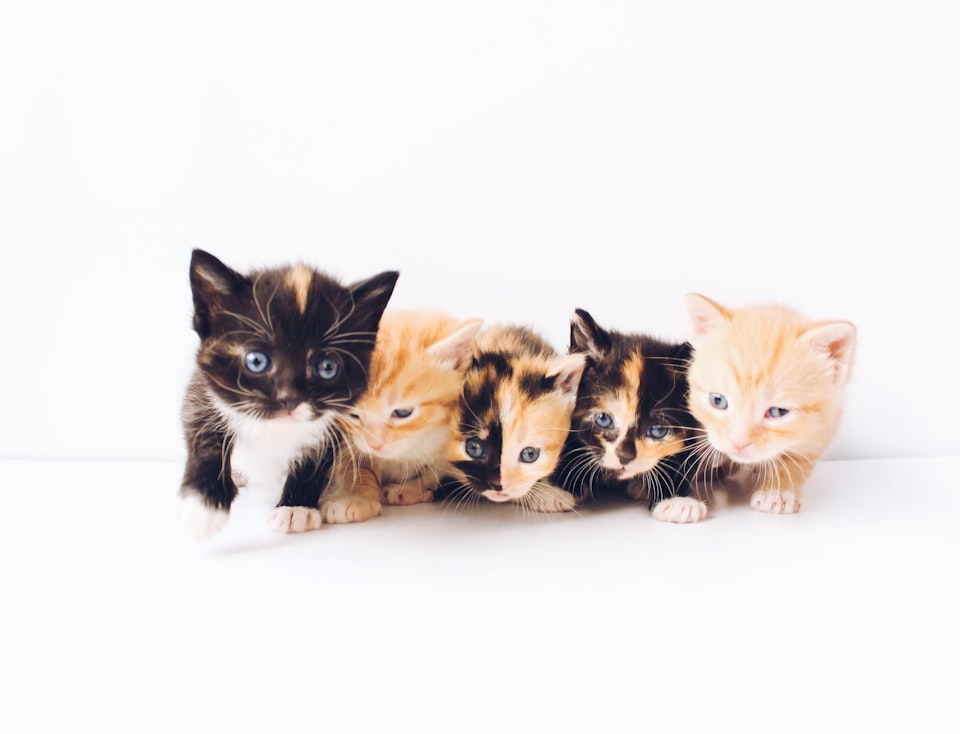
Within the past year we saw the rise of Play-To-Earn genre, people flocked into these games at an unprecedented rate. Suddenly people could quit their full time jobs and play these games for a living; and the main source of this income was from the breeding system implemented into the game. It is what remains as the core of most Play-To-Earn games now.
It all began with Cryptokitties developed by Dapper Labs. The idea was simple; purchase, collect, breed and sell virtual cats. Cryptokitties revolutionized how game assets were sold. Rather than buying from the developers, new collectors would be able to buy straight from other collectors as the cats are bred by the collectors.

Axie Infinity, developed by Sky Mavis took Cryptokitties as an inspiration and revolutionized the breeding mechanic even further. The Axie’s are used in a “Slay The Spire”-like game with each different body part of the Axie representing different cards used in the game. Players would need to collect at least 3 Axie’s with good deck combination to play the game. With the game meta changing with every new season, players are encouraged to breed more to remain competitive.
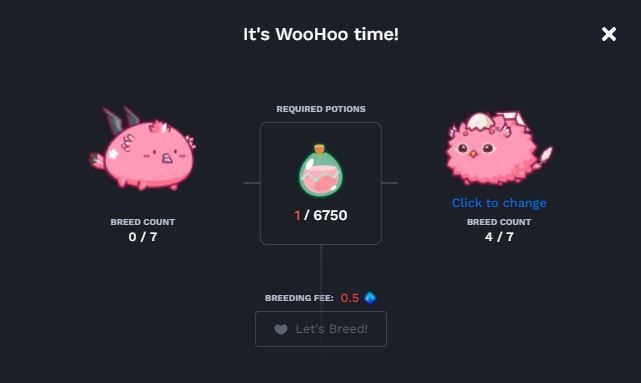
The eventual collapse
As news broke out that people could earn life changing money from this game (especially in lower-income countries), breeding activities increased to meet the newfound demand. The increased demand for breeding increased demand for the breeding tokens. The prices kept increasing for Smooth Love Potion (”SLP”) as more players want to get into the game to reap the profits. This in turn increased the prices even more, which again drove more people to the game. The problem worsens as people late into the game needs to invest more money to start the game which shifts the mindset of playing the game for fun to prioritizing to get their Return-On-Investment (ROI) due to the high cost of entry.
The problem was mainly that SLP is a breeding token with an infinite supply but players interested in the game is finite. As more people are able to extract SLP, more is sold everyday which eventually causes a rapid decline of the prices once demand has been met. One could say it was like a pyramid scheme collapsing.
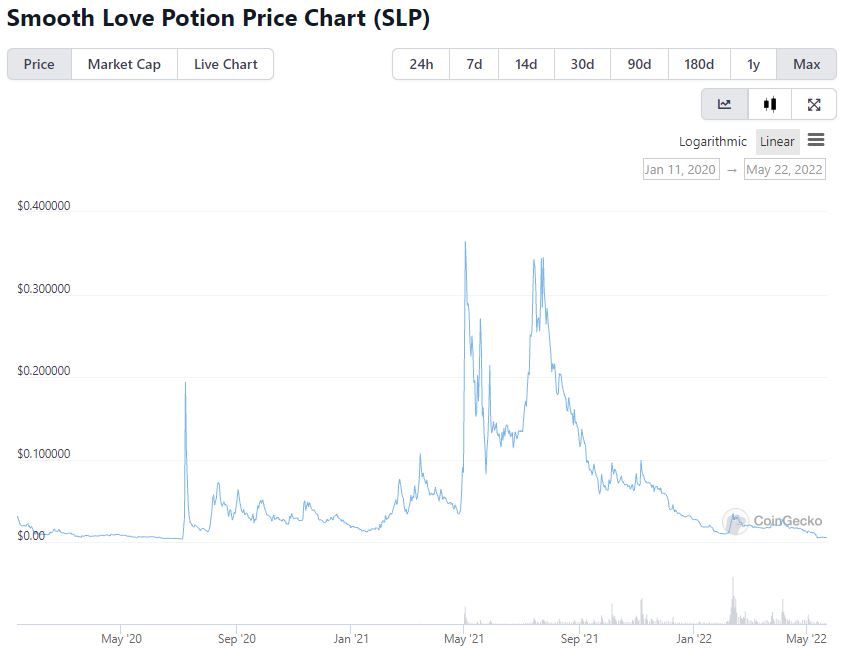
As more Play-To-Earn games suffer the same fate, it was quite clear that the current breeding system tokenomics is unsustainable. No matter how this breeding system is implemented, it will eventually lead to the downfall of the token prices.
After the Play-To-Earn hype, there was GameFi genre hype lead by DefiKingdoms. In the GameFi genre, the idea was to combine Decentralized Finance (DeFi) with game elements. But the breeding system (or “summoning” as used by DefiKingdoms) was still used to sell the heroes. The token prices dramatically increased especially as there was a new audience from the DeFi community not yet familiar with the unsustainability of Play-To-Earn tokenomics. Even with a single token tokenomics system, the token eventually suffers the same fate.
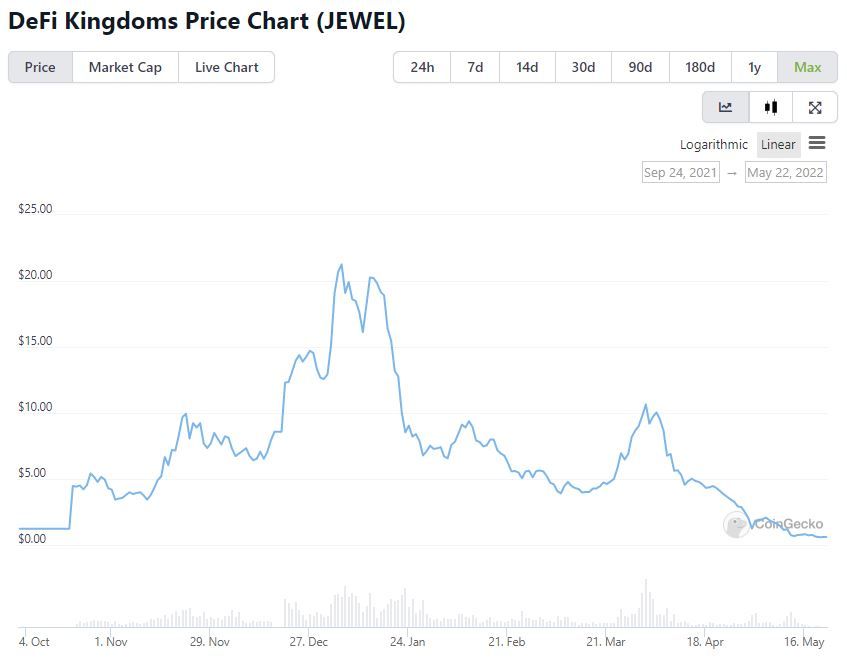
The most recent hype is on Move-To-Earn genre where STEPN by Findsatoshi Lab Ltd. With a new audience from the jogging or fitness community, demand also increased exponentially as people are driven in by the thought of selling these tokens at the high prices it is as of now. Unless STEPN has any ace up its sleeve to tackle the problem, there’s a high likelihood that it will eventually suffer the same fate.
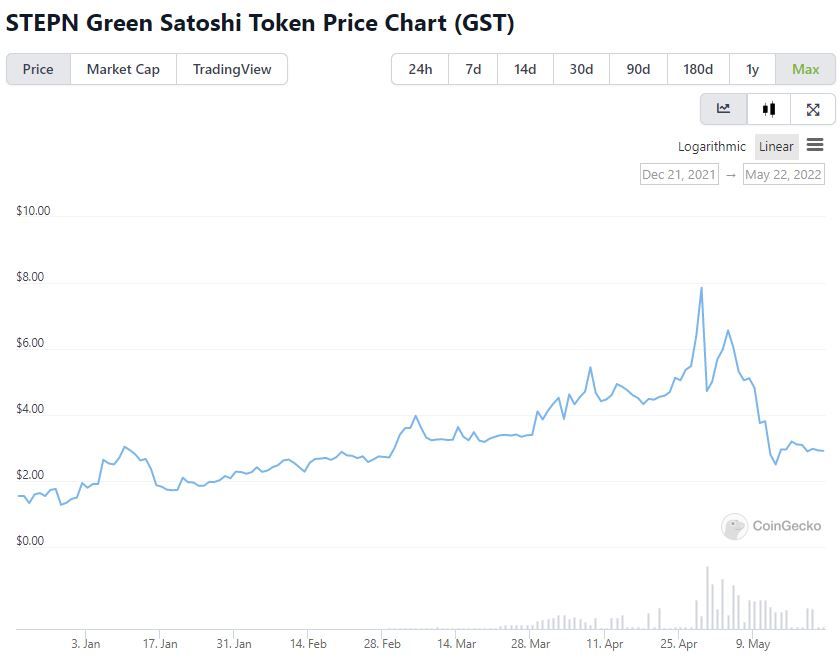
Web3 Game developers going through this problem has come up with many plans to solve this problem. None yet has a proven solution for the breeding problem.
But what if the breeding system is not flawed?
What if its just a first building block to the Play-To-Earn genre?
Low cost of entry
The good thing that came from the lowering prices of these breeding tokens is that prices for new game assets are getting cheaper which is advantageous as there is a lower cost of entry to try the game. Play-To-Earn games has a bad reputation that starting a game needs an investment of an upwards of $100. In comparison even brand new triple-A games nowadays only cost $60-$70, Indie games usually cost around $15 and there is already countless selections of Free-To-Play games on the market.
What if these game assets need to be as cheap as possible. The only way to popularize the game with mainstream gamers is with a low barrier of entry. Twinfinite.net has reported an article on Most Played Games in 2021, Ranked by Peak Concurrent Players:
- Fortnite -12.3 Million
- League of Legends - 8 Million
- Crossfire - 8 Million
- Roblox -4 Million
- Minecraft 1.4 Million
- Counterstrike GO - 1.2 Million
- New World - 0.9 Million
- Dota 2 - 0.6 Million
- PUBG - 0.4 Million
- Apex Legends - 0.2 Million
We can see the first four games are Free-To-Play with paid games such as Minecraft being on the fifth. Even then, this games has an entry price of less than $30.
So why even keep this breeding mechanic?
In the world of Web2, game developers are the only one profiting from the main sales of the game. With the introduction of the breeding system, players can now take part as well. Game developers now would earn royalty from the sales with players now having the opportunity in taking the main cut of each game assets sold on the market. This is the opportunity given in the new Web3 world.
Shift The Focus
The current problem now is that there is not much difference between the NFT's being made through the breeding system. Some NFT’s would be priced higher due to the demand of being the current game meta. However most of them will be priced around as much as the breeding cost. These Non-Fungible Tokens (game assets) are too heavily correlated to the price of the Fungible Tokens (breeding tokens). Thus because of this simplicity, people tend to just sell the breeding tokens rather than the game assets which led to the spiraling down of the prices.
In a saturated market, it would no longer be profitable to continue mindless breeding anymore. A major shift would be needed. Investors/gamers playing the breeding game would need to re-strategize their game plan from breeding as much as possible to creating UNIQUE game assets instead.
From top of my head there are 2 things I can think off...
#1 Seasonal breeding events
A seasonal breeding event would be akin to how games nowadays sell skins on seasonal events such as Valentines, Halloween, Christmas, etc. We would encourage breeding during these events for a chance to obtain unique game assets that can be obtained from this event only. Being only available to be obtained during this event, it limits the supply of the game asset overtime. This in turn in theory would drive up the prices in the long run.
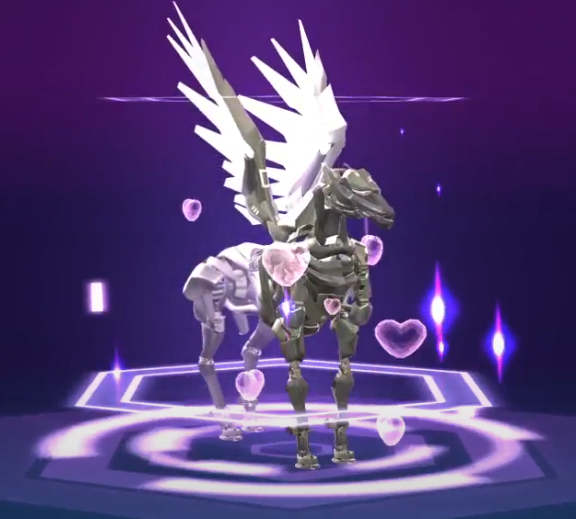
This idea would help to create more uniqueness to the game assets, however most of these game assets would still be similar to each other. Another idea I have in mind would separate each and every NFT Game Assets in its entirety...
#2 Integration of Game Asset History
E-sports has been integrated into many games now, even in the Play-To-Earn space Axie Infinity has already jumpstarted their own E-sports scene. The problem is that the history of the tournaments entered and won by the game assets are not hardcoded and written within the game assets history.
Let's imagine if Street Fighter were to sold its characters as NFT's (fighting game is one of my favorite genre, so yeah its my go to example :) . Sorry for those not familiar with the genre). Players could buy their own Ryu or Ken but history is tracked for every official tournament they joined and won. Of course, these normal characters wouldn't cost much, but if anyone's game asset were to win any prestigious tournaments, their value would go up due to the historical value tied to that specific game asset.
Now imagine if specifically Ken and Chun-Li game assets used by Daigo Umehara and Justin Wong during EVO Moment 37 was sold on the market. How much value would it bring?
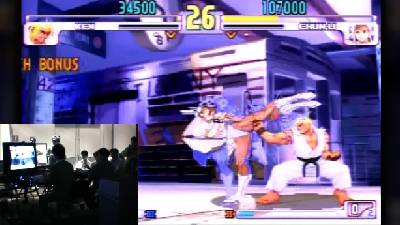
What the future holds...
I'm certain that in the future, the breeding system would evolve. Certain people would be able to benefit from this mechanic created, but not everyone will be able to do it proficiently. The market would be saturated and mindlessly "breeding as much as we can" strategy would no longer be a viable way to make profit.
Game developers would need focus on the uniqueness of each NFT instead and the market in turn would evolve as such. There is a need to put back the focus on the "Non-Fungible" part of the Non-Fungible Tokens. Earning from these Play-To-Earn games would focus on selling NFT's rather than breeding tokens...


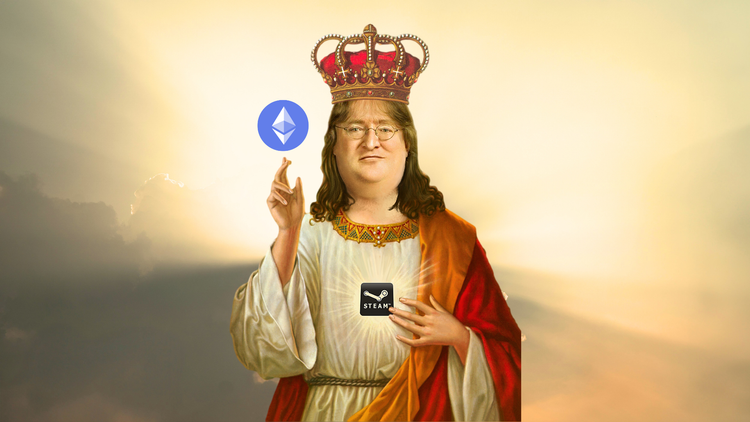


Comments ()